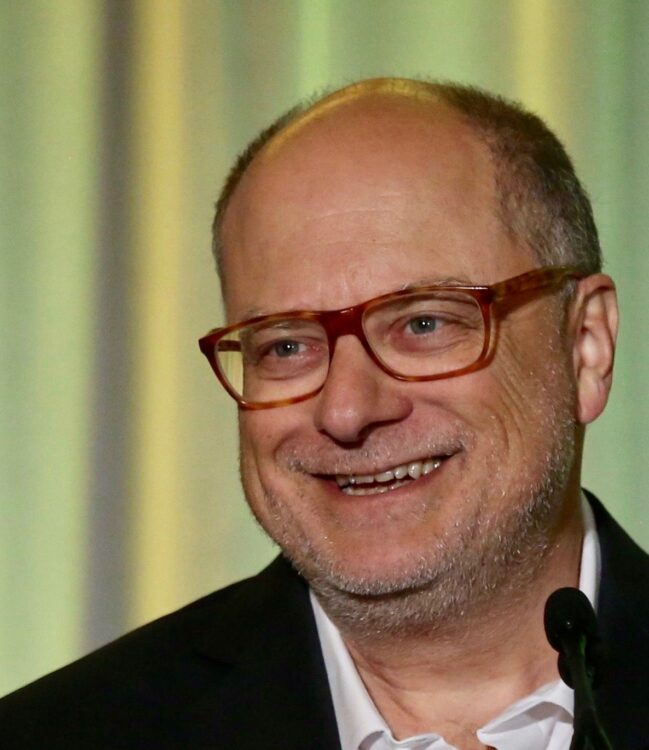The challenges facing the global community are becoming increasingly complex. Climate change and COVID-19 have polarized the international community and created stark divisions and differing opinions and interests. How can you work towards solutions in cases like these, where so many diverse interests are at odds?
No stranger to bridging widely divergent opinions and beliefs, McGill alumnus and world-renowned facilitator Adam Kahane (BSc’82) has spent time in Colombia helping the various sides of the over 50-year civil conflict work together to build a viable future. In one facilitation workshop in Colombia, Jesuit leader Francisco de Roux described Kahane’s facilitation method as “removing the obstacles to the expression of the mystery.” That phrase and the four-year journey to unpack its meaning are the inspiration behind Kahane’s latest book, Facilitating Breakthrough: How to Remove Obstacles, Bridge Differences, and Move Forward Together.
“Facilitation is not about getting anyone to do something. That is rather impossible,” said Kahane at a Zoom talk hosted by the McGill Sustainability Systems Initiative, the Leadership and Learning for Sustainability Lab, and the Institute for the Study of International Development. “Instead, it is about removing obstacles for people to do what they need to do.”
Complexities of collaboration

While not the only option for dealing with complex situations, collaboration is one of the more common methods of conflict resolution, but effective collaboration is often more complex than people assume. On one hand, the advantages of collaboration seem intuitively obvious. Collaboration can allow for meaningful conversation and understanding. On the other hand, people who choose to collaborate with their perceived rivals or even enemies are often putting themselves in difficult and sometimes dangerous situations. They could be perceived as traitors to their own principles or people.
Visions of collaboration best practices also vary widely. For some, collaboration could be understood through the saying “we are all in the same boat.” For collaboration in this sense to be effective there must be a focus and agreement on the good of the whole, the facts of the situation (including the problem, the solution, and the plan), and the roles of the people involved. Unfortunately, this version of collaboration falters in “contexts that are out of control, where we don’t know what the impact of our actions will be, we don’t know how things will turn out, and more fundamentally where we can’t control what other actors will do” explains Kahane.
In more fraught situations, Kahane proposes a method called “stretch collaboration.” This method takes into account the more chaotic nature of working with diverging groups. Instead of being in the same boat, collaborators would be in their own, separate boats with distinct priorities and goals while in the same choppy waters. Everyone is working towards smoother sailing. This method embraces conflict and experimentation as natural elements of collaboration.
In those instances, “facilitation is what you do when you want to help people create change,” says Kahane. “If they don’t want to collaborate or they don’t want to create change, that’s not what I mean by collaboration.” A facilitator, Kahane explains, is not necessarily a title or position, but it is an individual who is supportive and committed to helping people bring about change.
Balanced approach
Just as achieving change is often not a straight-forward and single approach process, Kahane believes striking a balance between “vertical” strategies of facilitation that are more hierarchical and “horizontal” strategies that push from the bottom up and favour equality, free choice, and variety create an environment where collaboration can flourish. Applying this balanced “transformative facilitation”, which is the main focus of Kahane’s latest book, allows for adaptability and flexibility through the breakthrough journey. It helps all sides move toward unblocking power to drive self-realization, unblocking love to drive reunification and bringing about liberating justice.
Deep polarization and demonization on important societal issues such as climate change have made international consensus and global action seem nearly impossible. However, Kahane believes collaboration and facilitation stand as clear alternatives paths to moving forward. “With this book, I hope to show that it is possible,” he says. But a willingness to collaborate has to be there on all sides; otherwise, “we have to go back to other methods, protesting outside their offices or otherwise showing power to change the landscape and to make collaboration an interesting option.”
Watch Adam Kahane’s recent virtual discussion Facilitating Breakthrough in Complex Situations
